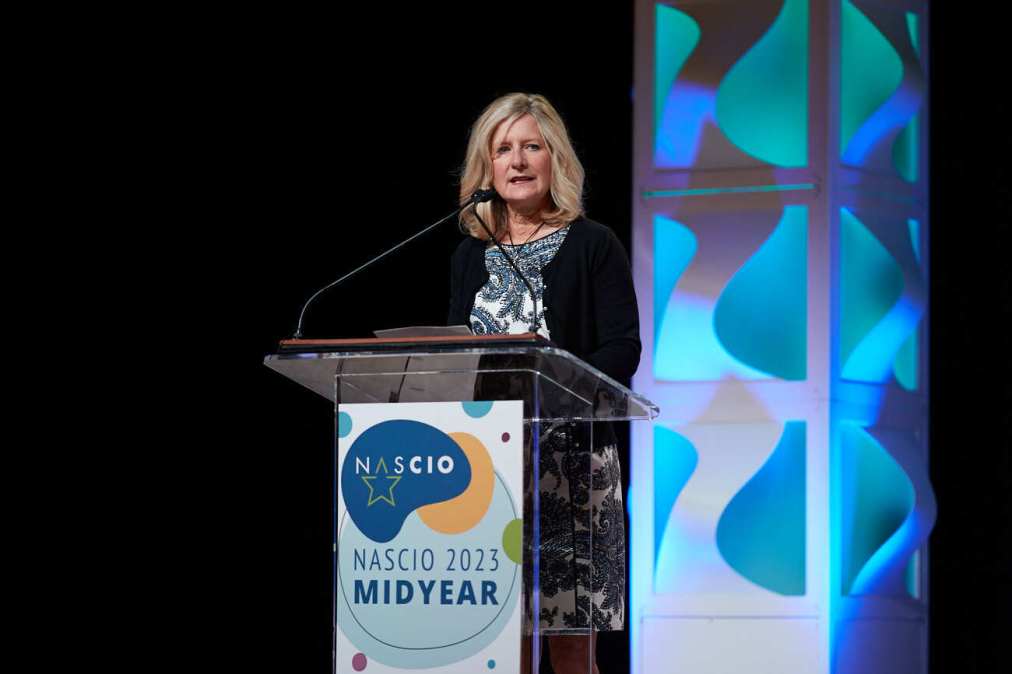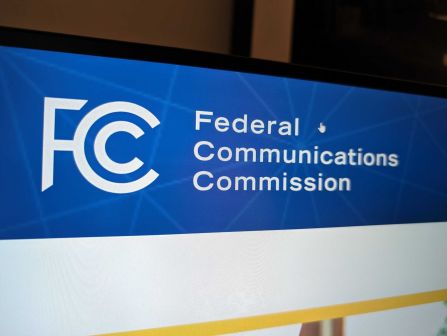New NASCIO report examines 20 years of progress in digital government

State chief information officers are as committed to improving digital government experiences across the country now as they were more than 20 years ago, according to a report published Tuesday by the National Association of State CIOs.
The new report, Creating a Citizen Centric Digital Experience: How Far Have We Come?, compares the progress made toward delivering a citizen-centric digital experience with NASCIO’s initial report on the topic published in 2001. Following interviews with state CIOs and their leadership teams — as well as reviewing state IT strategic plans, NASCIO awards and past surveys — the report encourages leaders to be forward-thinking as governments move toward a more cohesive, digital experience for citizens.
“I’m surprised with the strategic vision outlined over 22 years ago,” NASCIO President and Tennessee CIO Stephanie Dedmon wrote in the report. “And while we have made significant progress in many areas of digital government, we are still on a similar path and vision towards making digital government more prominent across our states.”
Digital government has made NASCIO’s annual list of top 10 priorities every year since 2018 and has held the second-highest spot since 2020.
“Second only to cybersecurity, this priority reflects state CIOs’ persistent objective of delivering digital services and improving the citizen experience,” the report states.
Though many of the challenges that stood in the way of CIOs and their efforts to improve digital government are still at play today, the report identified new hurdles, including workforce constraints, lack of organizational flexibility and limited funding. Despite these obstacles, states have made gains in digitizing everything from taxes to online permitting and licensing.
When it comes to the current state of the digital citizen experience, governors and legislators have been generally more supportive of enhancing digital government service and there is more collaboration across departments, according to the report.
CIOs the group surveyed for the report agreed it’s important to engage stakeholders, such as citizens, employees and policymakers, to better understand what’s working and what’s not with their digital services. Additionally, cybersecurity and privacy should continue to be prioritized and governments should make strides towards a “no wrong door” approach so citizens can receive the services they need regardless of how they approach government.
The report recommends that CIOs be forward-thinking when it comes to their digital services because NASCIO expects that improved citizen experiences will remain a high priority for years to come. As broadband connectivity improves, so will citizens’ expectations of accessing digital services, the report states.
And as artificial intelligence and generative AI become more prevalent, these technologies can help free up employees from routine tasks and make them available to complete higher level activities, which could improve workforce constraints, the report says.
“Despite the progress we’ve made in 22 years, there is still more work to be done to realize the vision that so many state CIOs hold for the future of the digital citizen experience,” the report reads.





